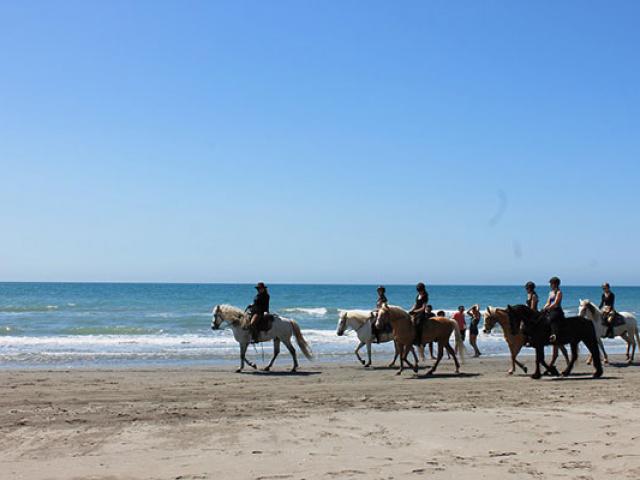The Camargue coast
Land of the free
With its vast beaches, the Camargue coast is an ode to wide open spaces, long walks, carefree bicycle rides and exhilarating gallops. In short, the epitome of freedom. It is a land of adventure and harmony with nature, cradled by a superb light throughout the winter months. To immerse yourself in the spirit of the Camargue coast, you need to get off the beaten track and head out on its many footpaths. The coast stretches from Port-Saint-Louis-du-Rhône to the East, to the mouth of the main arm of the Rhône river (the Grand Rhône) and Les Saintes-Maries-de-la-Mer to the West, where the Petit Rhône river arrives. Between them, the sea dyke erected in circa 1860, protects the shore from incoming waves.





